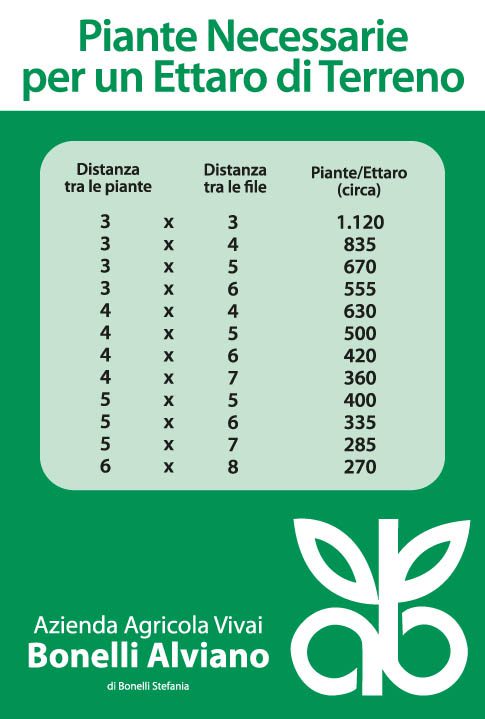Regulations and Advice
On the cultivation of olive trees
Regulations
The parameters (age and size) used for the marketing of the olive trees produced in our nurseries are indicated below.
– bare root seedbed, development of 4-6 leaves, (April-May delivery);
– one year old in pot 10/10/17, height 10-25 cm and more.
– grafted in pot 10/10/17, height 10-25 cm; height 25-50cm;
– self-rooted, in a 7x7x10 cm pot, 10-25 cm high; height 25 cm and above.
– grafted and self-rooted, in a 15x15x20 cm (approx. weight 4 kg) or 13x13x18 cm (approx. weight 3 kg) pot, height 50-70 cm; 70-100cm; 100-120cm; over 120cm.
– grafted and self-rooted, in pots; -extra choice, circumference of the stem, 5 cm from the graft or collar, 4-5.5 cm, height 120-140 cm and more.
– grafted and self-rooted, potted, extra strength, stem circumference 5 cm from the graft or collar, 5.5-7 cm, height 150 cm and more.
– grafted and self-rooted, suitable for use for ornamental purposes. Circumference of the stem at 5 cm from the collar or of the variable grafting point: 8-10 cm; 10-12cm; 12-14cm; 14-16cm; 16-18cm; 18-20cm. Height from 180-200 cm and above.


General advice on olive trees
First of all we must bear in mind that it is not advisable to plant an olive grove where the temperature often drops below – 10° and/or where there is high humidity due to frequent rains or, even worse, frequent fogs. Excluding these two factors, the olive trees settle well in all other areas of Italy. It is a plant that tolerates soils ranging from sub-acid to alkaline very well.
You have to be careful of land where water stagnates. This can cause root asphyxia and therefore the deterioration of the plants.
In any case, before carrying out a plantation, it is necessary to dig out all the soil to a depth of 80-120 cm. If the soil has little drainage because it is very compact, to facilitate water drainage, make a drainage with stones or concrete pipes.
Variety Choice
In this case it should be considered that it is convenient that there are establishments near the plant that require this type of olive.
They are good as table olives and at the same time have a good yield in oil. It is a compromise that does not give the best characteristics of either type.
For olive trees intended for the production of oil. First of all, the varieties that are already in the area (autochthonous) must be considered. Furthermore, it is necessary to document whether the area falls within the scope of a certification (e.g. IGP: Protected Geographical Indication, or DOP: Protected Designation of Origin). In this case the directives of the various production regulations must be followed.
It should also be borne in mind that many varieties, being self-sterile, need pollinators or other particular varieties that allow cross-fertilization, resulting in an excellent olive production.
As a further suggestion, to facilitate the counting of the plants needed for one hectare of land, we report below a table where the first number indicates the distance between the plants in the rows and the second number indicates the distance between the rows.
For various reasons, we recommend a distance in the row from plant to plant of not less than 4m and a distance between one row and another of not less than 5m. In doing so, the passage of mechanical means for working the land and possibly for mechanical harvesting of the olives is facilitated.
